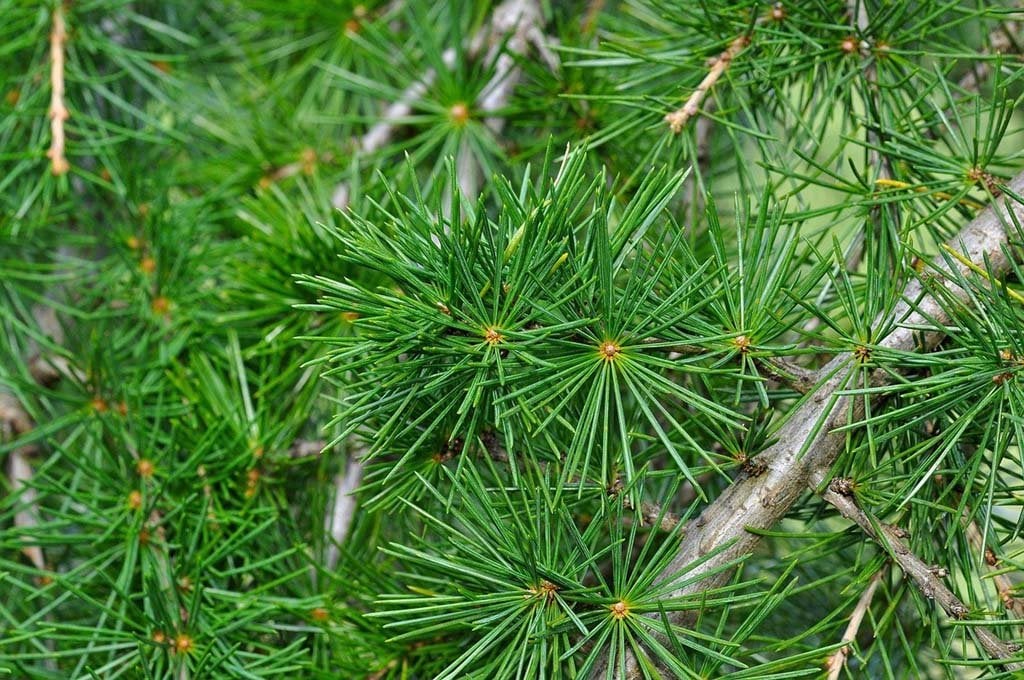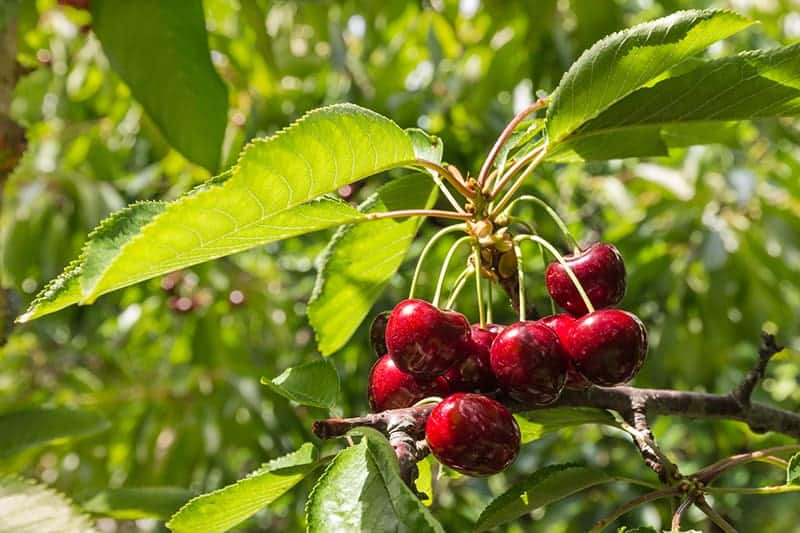- Home >
- Holly Trees
Holly Trees for Sale
Filters
Price Range
Growing Zones
Plant Type
Sunlight
Mature Height
Plant Characteristics
2 Results
Holly Trees – Buying & Growing Guide
Holly bushes and trees add structure, color, and contrast to your garden with their glossy green leaves and shiny red berries. To see how they can make your own garden plan pop, shop our holly bushes and trees and try out one or more at your home.
How to Plant Holly Bushes and Trees
Plant your holly in an area that gets full sun (six to eight hours a day) or close to it. Your bush likes well-drained soil that is slightly acidic, but will also grow well in other types of soil. Dig a hole as deep as the root ball and twice as wide.
Tease apart any encircling roots — these can eventually girdle and kill the bush. Place your bush in the hole and backfill halfway with soil amended with rotten compost. Fill the hole with water and let it seep down, and then finish filling the hole with soil. Water again, and tamp down the soil.
When preparing to plant holly bushes and trees, note that some varieties need both a male and female plant in order to produce berries. Read our plant descriptions carefully to see if the one you are considering requires both or if it’s self-fertile, such as Nellie Stevens Holly.
How to Grow Holly Bushes and Trees
- When. The best time to plant hollies is in spring or early fall, before the ground has frozen.
- Where. Look for a site that has at least 6 hours of direct sunshine a day, with soil that drains well and isn’t clay-heavy.
- How. Preparing your space is important. Dig some organic compost into the soil at your chosen site, and be sure the hole you dig is large enough for the roots to spread out. If your soil is clay heavy, add some peat moss or coir to lighten up the mix.
How to Care for Holly Bushes and Trees
- Watering and nutrients. When first planted, water your holly bush or tree whenever the soil is dry. After the first year or so, the only time you need to water is when you are not getting an inch of rain a week, or during a drought. To be sure your holly has enough nutrients, spread well-rotted compost or manure around the bush once a year. You can also apply a well-balanced, slow-release fertilizer in the spring to give your bush a boost.
- Pruning. Most hollies are best pruned in winter, although some varieties, such as Japanese hollies, can be pruned in midsummer. Trim your bush to shape it, and remove any broken or diseased limbs whenever you see them.
- Pollination. Some varieties of holly cross-pollinate — i.e., they need both male and female bushes to produce berries. You should be able to find this information on the tree or bush’s description or plant tag.
What Makes Our Holly Bushes and Trees the Best
- Our holly trees come in a variety of shapes and sizes, so it’s easy to find one that will fit in your garden.
- Our holly bushes and trees provide year-round interest in your garden, even in winter, when the bright red berries stand out against snow-covered bushes.
- They are easy to grow and care for, with only an annual application of fertilizer and occasional watering needed, when it’s dry.
- Holly bushes and trees are useful and ornamental: many varieties make excellent hedges and privacy screens.








